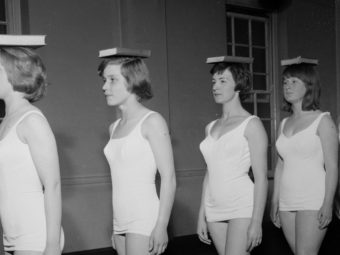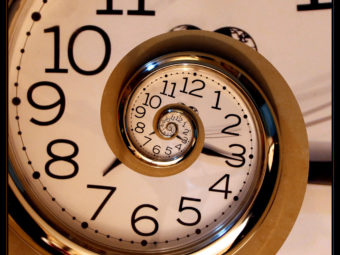If you were at an event watching runners pass by, how would you know if one of the runners was a ChiRunner? One of the biggest clues would be the runner's stride pattern. The normal runner runs with a pendular pattern meaning the rear foot pushes off from the toes and they swing their leg forward landing with a straight knee and strike the ground with their heel. Another way to look at this stride is: The runner uses the smallest muscles in the body to provide forward propulsion then absorbs all of the forward motion via their heels to brake. Not very efficient.
A ChiRunner uses a circular pattern
This running pattern does not require propulsion from the legs due to the slight lean a ChiRunner engages in to move forward. Think of a person riding a unicycle. They must lean first and then pedal to keep the bike balanced. The same concept is true for this type of runner. They must stay balanced as they move. By remaining balanced, their legs are relaxed upon landing underneath them as they lift their ankles up in a circular pattern without any push off from the ground. Essentially the runner is resting their muscles every time their foot lands. What moves the leg once they have landed mid-foot is the road coming at them. It is this force that allows their legs and pelvis to move forward without any exertion. When they are able to keep their posture in alignment there is very little effort going on with the legs. As a matter of fact, the only muscles that are working are found in the core. These lower core muscles are the workhorse to helping the runner stay balanced and aligned.
When first being introduced to the circular stride most folks start to develop an oblong pattern and are uncomfortable shortening their stride. Instructors will provide several drills and focuses to help them transition to the efficient stride. This is a gradual process for most people. It is also advisable to back off your speed while you adjust to learning the new muscle memory skill set of lifting your ankles. Slowly increasing your lean while relaxing more will allow your heels to float up higher. As you lift your heels up your feet should hang loosely from the ankles with toes pointing down. As the speed increases your elbows will go further back acting as a counterbalance to the new angle of lean from the ankles.
So, the next time you are around a bunch of runners, see if you can see who is ChiRunning.




